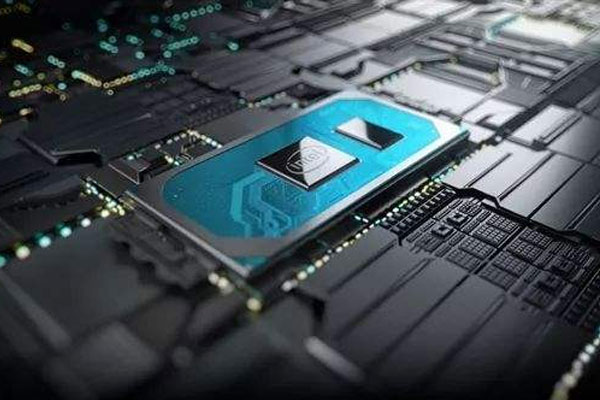You are here:Home > News > Intel announces 10nm technology to declare war on many semiconductor manufacturers

Intel announces 10nm technology to declare war on many semiconductor manufacturers
In order to speed up the implementation of AI applications, in addition to clear business models or application functions
In addition, the overall performance of semiconductor components also directly affects the development of AI market. Recently, in addition to more actions by silicon intellectual property companies, Intel recently made a talk in China about the development of Moore law, and has full confidence in its own 10nm process. In addition, it also vigorously attacked other competitors, which are not Intel competitors.
At the same time, Intel also announced that its FPGA (field programmable gate array) products will be equipped with its own 10 nm process, and will be equipped with the next generation of HBM.
High bandwidth memory technology. Xilinx current highest level product line virtex ultrascale +, uses a 16nm FinFET process and also carries hbm2 memory.
1. Infience market competition heats up, Intel competes with nvdia and Xilinx
At present, the product strategies of the two major FPGA suppliers in the AI market are obviously focused on the inference side. Although Intel is calling on the Chinese market to actively promote its OEM business, it also announces that the 10nm technology and the new generation FPGA products adopt a new process and other related information. To a certain extent, this is also an announcement to the outside world that Intel will have new products on the inference side.
According to Intel, since all of them are based on 10nm process, Intel has won over other competitors in terms of transistor density and other performances. This also shows that Intel FPGA dedicated to inference will have quite brilliant performance.
This move, for Xilinx (Xilinx) and NVIDIA (NVIDIA), undoubtedly has a strong sense of competition.
This will indirectly lead to the war between Intel and TSMC in advanced manufacturing process and heterogeneous packaging technology, which will be heated up again in 2018.
2. With HBM on FPGA, it is inevitable that Intel and TSMC will compete with each other
TSMC cross-border packaging market is no longer industry news, and the emergence of HBM technology is also the same. In order to improve the overall performance of the system, AMD and NVIDIA have already introduced HBM technology, which can not only improve the performance of graphics chips, but also effectively reduce the space.
In order to meet the needs of customers, TSMC not only has a lot of technical advantages in HBM, but also attracts Hynix, a large memory manufacturer, to build a bridge between TSMC and HBM. It hopes to meet the chip suppliers with high demand for HBM through the tripartite cooperation mode.
From the perspective of recent development, at least it can be confirmed that both graphic chip and FPGA manufacturers highly rely on HBM technology. Once Intel launches a 10nm FPGA product, if Xilinx 7Nm product is also available, the market will inevitably have a lot of performance comparison. Then, the advanced process technology undertaken by the wafer factory and the memory required by HBM will be magnified and examined one by one.
The market competition between Intel and TSMC will become increasingly fierce due to the advent of new generation FPGAs.